November 1 - 7, 2020: Issue 472
Trad Biocontrol Release In Pittwater
Wandering trad (Tradescantia fluminensis) has become a significant environmental weed in parts of eastern Australia where it forms dense carpets on forest floors, smothering native vegetation and clogging waterways. Many residents will have seen it around Pittwater.
healthy Trad has white flowers. Both Trad and the leaf fungus are native to Brazil
CSIRO senior research scientist Dr Louise Morin said weeds like wandering trad had a significant economic, environmental and social impact in Australia.
“Weeds are one of the biggest threats to Australia’s unique environment – in many areas across Australia they are damaging native vegetation, which threatens whole ecosystems including native wildlife,” Dr Morin said.
“Last year Australia spent almost $30 million protecting the natural environment from weeds. In the agriculture sector, weeds cost the industry more than $4.8 billion per year.”
“The fungus is spread through spores and needs the leaves of the wandering trad to survive – if there is no wandering trad to infect, the fungus dies,” Dr Morin said. “We know from decades of research in this field, that specialised fungi, like the leaf smut, have specific genes that enable them to successfully infect and cause disease only on single or a narrow range of plant species. “So we look at plants that are related to wandering trad including native plants to make sure the fungus will only infect the weed.”
Wandering trad has infested native forests across eastern Australia, from eastern parts of NSW and south-east Queensland, to the Dandenong Ranges in Victoria where the biocontrol agent was first released in 2019.
CSIRO field biologist Dr Ben Gooden, who is coordinating the rollout of the biocontrol program across Australia, said highly targeted and tested biocontrol agents like the fungus were a more environmentally sustainable option than other available tools.
“Scientifically tested biocontrol agents like this fungus provide a longer term, environmentally sustainable way of controlling weeds like wandering trad, without harming Australian plants or animals,” Dr Gooden said.
“Currently, the only tools available to the community and local councils against the weed are hand-pulling and chemical herbicides, which only bring short-term control and have the unintended consequence of killing native plants and disrupting complex rainforest ecosystems.”
Release of biocontrol agents are approved by the Australian Department of Agriculture and Water.
Wandering Trad, is a nightmare weed of bush and gardens. Its thick growth smothers other plants and its brittle stems defy the attempts of weeders to remove it, as the tiniest broken piece can regrow.
Last Wednesday, October 28th, 2020, members of PNHA placed pieces of Trad infected with the fungus Kordiana were planted among healthy Trad beside the track to the Irrawong waterfall at Narrabeen, in McCarrs Creek Reserve Church Point and in Bangalley Head Reserve near the track on Whale Beach Rd.
The fungus may take a while to spread to healthy Trad. The effect will be to suppress its growth by damaging its leaves rather than kill it completely. This release is just the first of many to come.
Don't worry, it's not another Cane Toad. It has been carefully tested by the CSIRO and only infects Trad and not its close native relative Commelina which has blue flowers.
Background
The leaf-smut fungus Kordyana brasiliensis was first released in the field in Australia for the biological control (biocontrol) of wandering trad in March 2019.
This agent was discovered on wandering trad during surveys in Brazil performed by researchers at the Universidade Federal de Viçosa. This exploratory research was part of the biocontrol program for this weed in New Zealand, led by Landcare Research.
CSIRO has been involved in research on wandering trad biocontrol since 2014. The risk assessment that was the basis of the application to seek permission for the release of the leaf-smut fungus in Australia was financially supported by CSIRO and the Australian Government’s National Environmental Science Programme administered by the Department of the Environment and Energy.
Research to develop optimal protocols for field release of the fungus and subsequent releases in the Dandenong Ranges region of Victoria in partnership with the community have been co-funded by CSIRO and the Commonwealth Department of Industry, Innovation and Science and supported by the Community Weeds Alliance of the Dandenongs. These activities have been part of a broader project seeking biocontrol solutions for sustainable management of environmental weeds, which also includes Cape ivy (Delairea odorata) and angled onion (Allium triquetrum) and ends in October 2020.
A new project from July 2020 to June 2023, co-funded by CSIRO and the New South Wales Government through its Environmental Trust, will be facilitating stakeholders’ releases of the fungus across the range of wandering trad in New South Wales. The project will also monitor the impact of the fungus on the weed and flow-on indirect impact on other vegetation at several sites during that period.
Contact Dr Ben Gooden, Ben.Gooden@csiro.au if you would like to join the war against Trad.
Rotary Supports Avalon Youth Hub: Wear A Hat Fundraiser
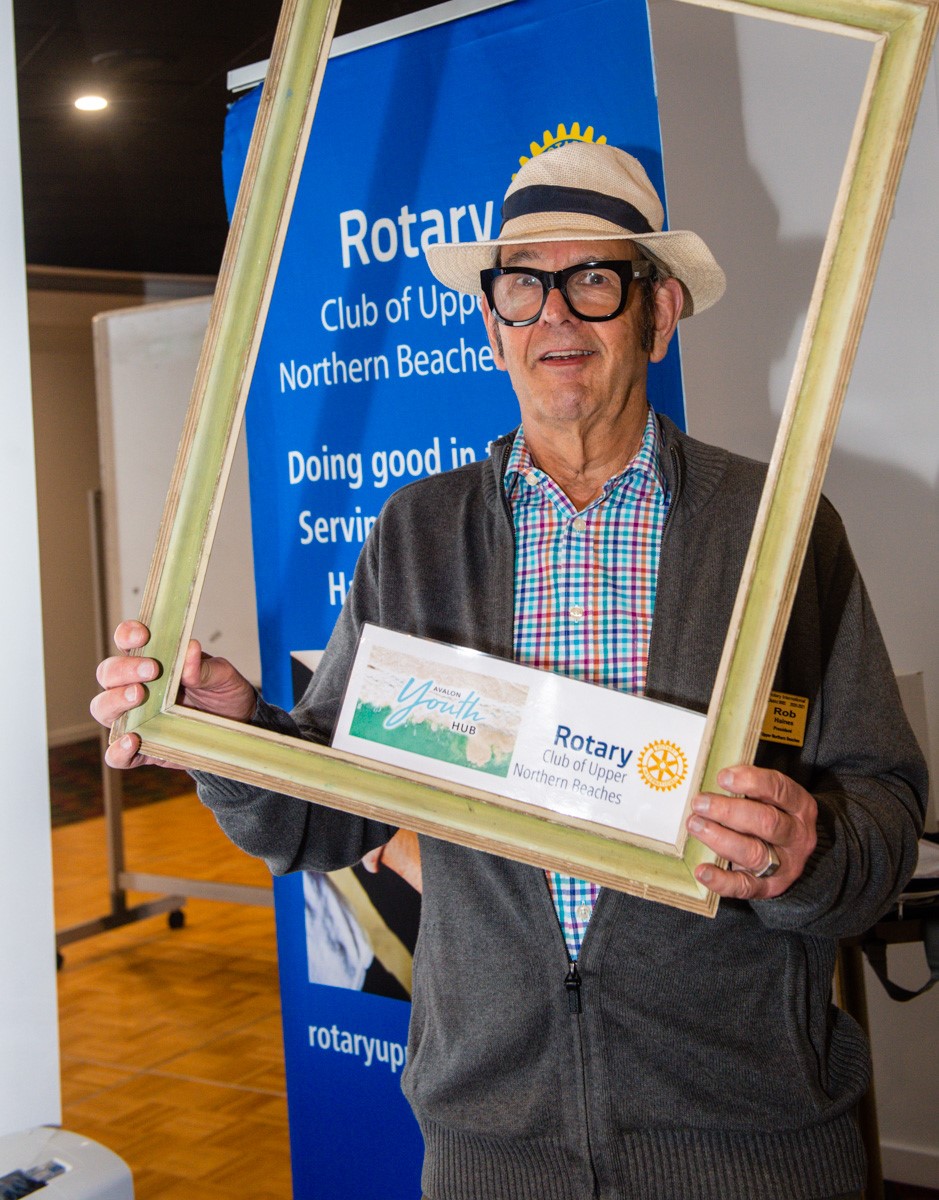
President of the Rotary Club of the Upper Northern Beaches Rob Haines. Photo by Michael Mannington, Community Photography
The club is asking that we all share this campaign by posting online a photo of yourself and your friends wearing a hat! Members of the club kicked things off on Wednesday with a few hats of their own.
The best photos will be made into something special to support the Avalon Youth Hub.
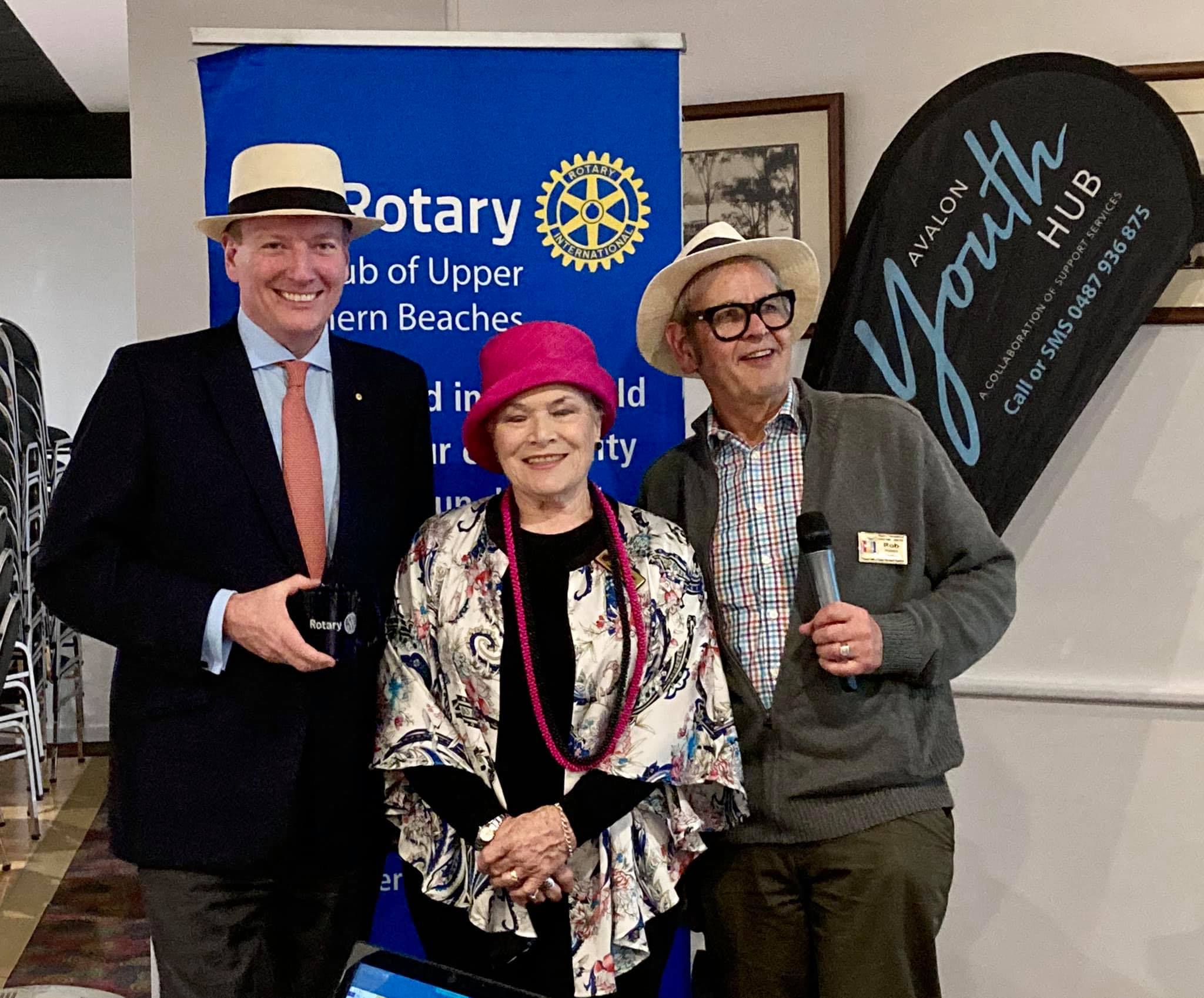
The Avalon Youth Hub is a place where young people can seek help for many issues, including mental health issues with a focus on wellbeing.
The Avalon Youth Hub connects young people with multiple support services, including help for alcohol and drug abuse, support for those at risk of homelessness and at-home counselling for those who have tried to take their own lives.
The Hub is a place for young people to find help with family conflict, couch surfing and homelessness, drugs and alcohol, school issues, mental health, job seeking and other issues that may arise. The hub includes services that provide counselling, case management, mentoring, drug and alcohol education and support and family counselling. The hub also runs wellbeing focused and educational workshops and events that are developed and driven by young people. The hub is a safe space for young people to find free and confidential help and support.
Avalon Youth Hub is a much-needed collaboration of a number of organisations working together to provide support to young people and family interventions in the Pittwater area focusing on wellbeing.
The Rotary Club of the Upper Northern Beaches has a very strong youth program and a focus on mental health and wellbeing. Rotary supports many worthy causes locally and overseas but consider the youth to be our future.
The funds raised will be directed towards:
- Promoting the Hub in the local Pittwater area
- Building capacity to support more young people and their families
- To continue the Outreach Wednesdays – important to build trust and relationships that will encourage help-seeking
- Ensure that experienced staff are available at the hub providing a range of support options for young people and parents
- To provide training such as mental health first aid training and workshops based on the need in the community and focused on wellbeing
The Rotary Club of the Upper Northern Beaches has partnered with Avalon Youth Hub to raise funds to provide these services.
“Young people feel they are being heard and supported.”
“That’s our aim, to give them a voice and help them with their journey in life.”
''We want to see resilient and successful young people thrive in this community and bring down the barriers to seeking help.
Focus on mental and physical wellbeing as a regular part of navigating adolescence and into adulthood
We want to continue to provide a wide range of services and activities in this local community so it is accessible and responsive.''
You can contribute at: https://chuffed.org/project/hats-on-for-mental-health-rotary-supports-avalon-youth-hub
If you are struggling, please reach out to someone you trust, make an appointment with your GP or pick up the phone and give Lifeline a call - available 24/7 on 13 11 14.
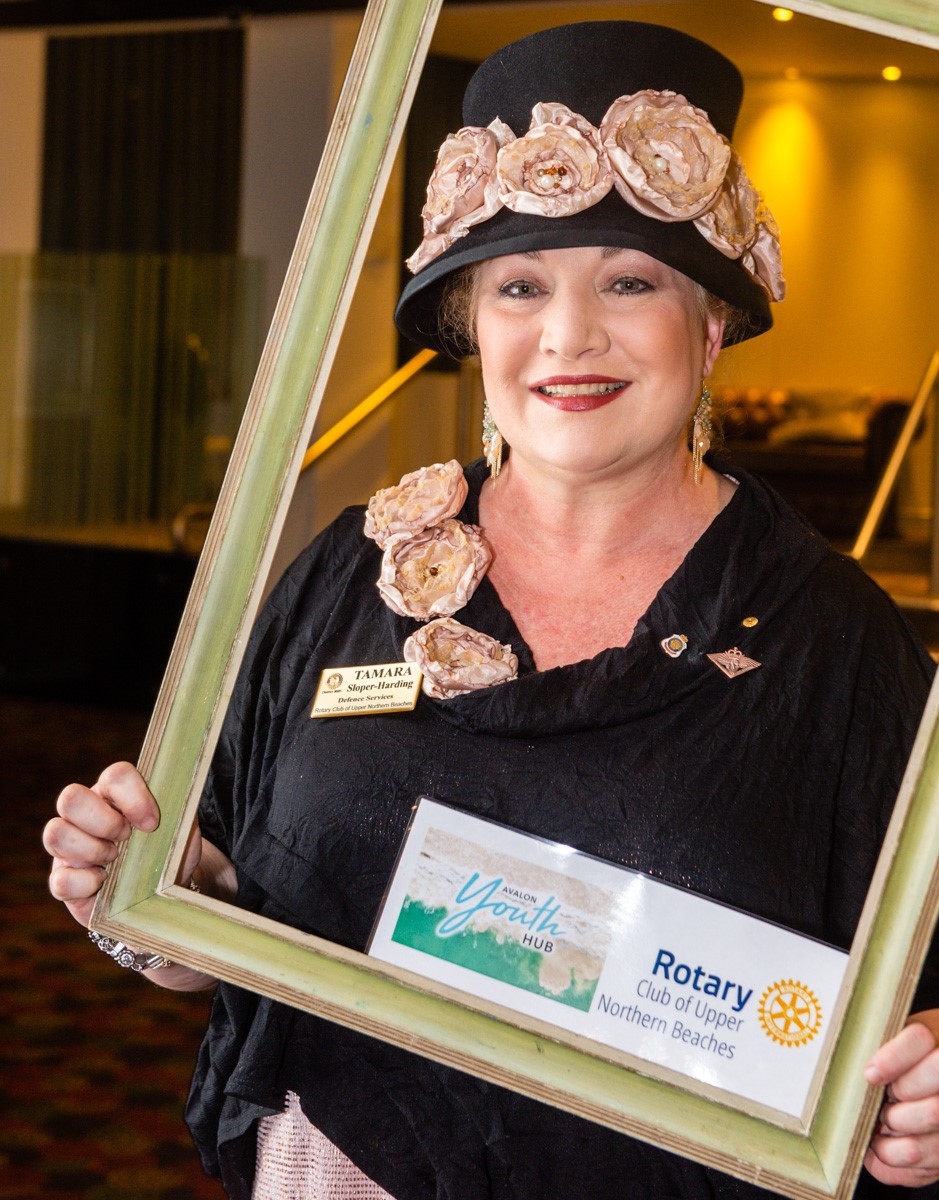
Known in Avalon Beach as 'the hat lady' Tamara Sloper Harding OAM is encouraging others to spread the message by becoming hat people too. Photo by Michael Mannington, Community Photography
State Of The Beaches Report: 2019-2020
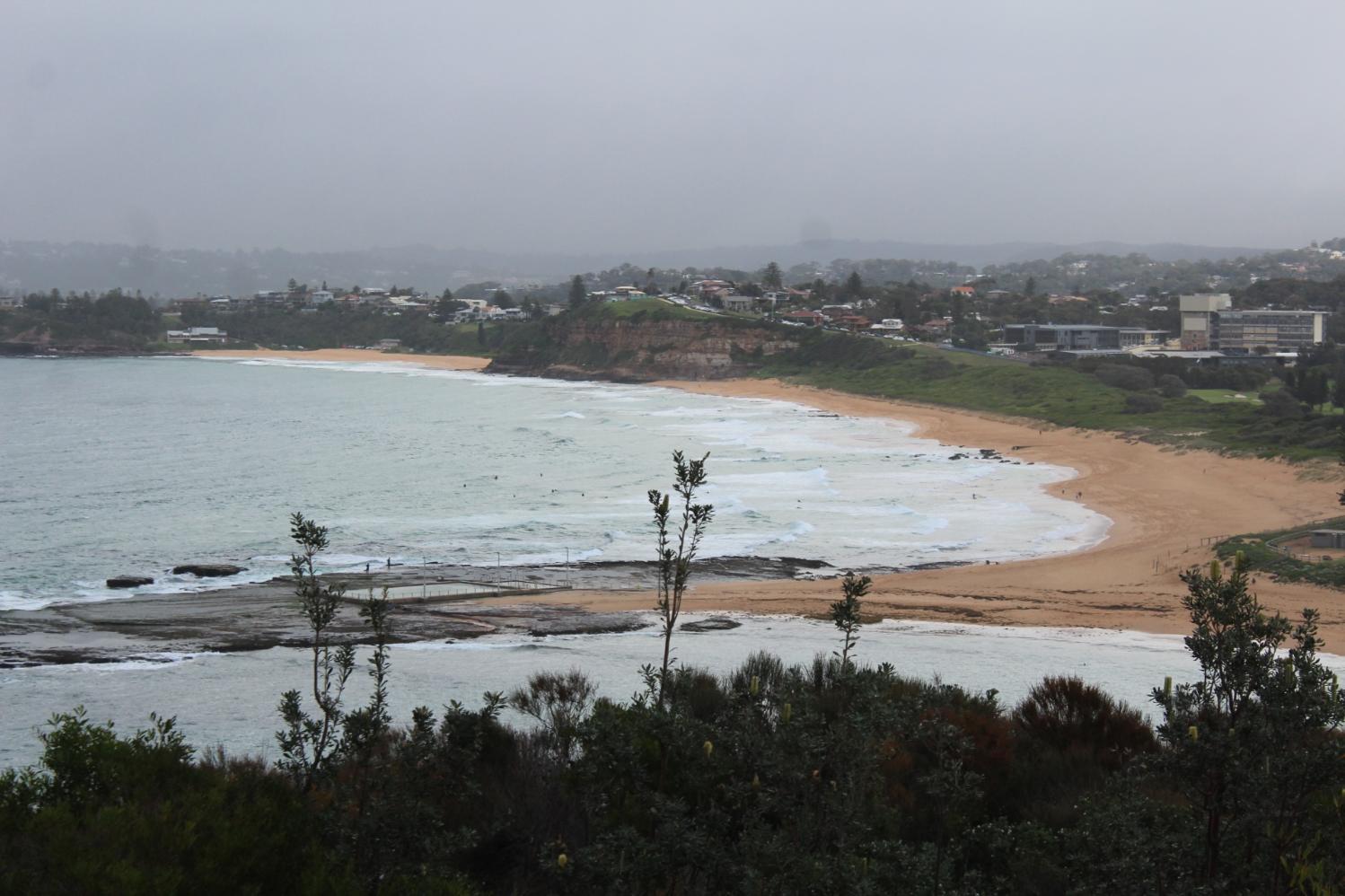
The 2019-2020 State of the Beaches report was released on Thursday October 29, 2020 with the Sydney Beaches area chapter showing a great shot of Avalon Beach as its cover this year.
In the Pittwater to Manly area All 32 swimming sites were graded as Very Good or Good in 2019–2020. The best beaches were Palm Beach, Whale Beach, Avalon Beach, Bilgola Beach, Newport Beach, Bungan Beach, Dee Why Beach, South Curl Curl Beach, Elvina Bay, The Basin and Great Mackerel Beach. These sites had excellent water quality and were suitable for swimming almost all of the time.
Mona Vale, Warriewood, Turimetta, North Narrabeen, Collaroy, Long Reef, North Curl Curl, Freshwater, Queenscliff, North Steyne, South Steyne and Shelly beaches were graded as Good. Mona Vale and Shelly beaches were downgraded to Good from Very Good in 2018–2019.
Estuarine and lagoon swimming sites did not perform as well as ocean beaches due to lower levels of flushing, which increase the time needed to disperse and dilute pollution inputs, taking longer to recover from stormwater events.
While Bayview Baths and Barrenjoey Beach have been graded Good for the last three years, elevated enterococci levels were occasionally recorded during dry weather conditions.
The NSW National Parks and Wildlife Service has decommissioned septic systems and installed a number of sewer pumping stations to service Barrenjoey Head, located at the northern end of Barrenjoey Beach. The lighthouse and Fisherman’s Cottages were decommissioned in July 2016, and Boatman’s Cottage in November 2016. Final connection of the Barrenjoey Head sewer system to the Sydney Water sewerage network was completed in December 2019.
The two sites in Narrabeen Lagoon, Birdwood Park and Bilarong Reserve, were graded Good. Bilarong Reserve improved to Good from a Poor grade in 2018–2019. Water quality at these sites was mostly suitable for swimming during dry weather, with elevated enterococci levels recorded following rainfall.
Birdwood Park in Narrabeen Lagoon has been graded as Good for the last three years. While microbial water quality was occasionally elevated during dry weather, it was generally of good standard with 86% of samples suitable for swimming when there had be no rain in the previous 24 hours. Enterococci levels increased with increasing rainfall, and often exceeded the safe swimming limit after light rainfall. Birdwood Park is located at the entrance to the lagoon and water quality at this site is influenced by wet weather events and whether the lagoon is open to the ocean. Discharge from Narrabeen Lagoon is a significant source of faecal contamination.
Bilarong Reserve in Narrabeen Lagoon improved to Good from a Poor grade in 2018–2019. The microbial water quality at this site improved slightly from the previous year and remains close to the threshold between Good and Poor, with the site fluctuating several times between the grades over the past several years. During dry weather, enterococci levels occasionally exceeded the safe swimming limit, and were regularly unsuitable for swimming after light to moderate rainfall. The swimming site retains pollution inputs because it is located away from the lagoon entrance and is not well flushed by clean ocean water. A significant source of faecal contamination is stormwater runoff to the lagoon.
Water quality at Birdwood Park and Bilarong Reserve lagoon sites has improved slightly from the previous year. During the assessment period, Narrabeen Lagoon has closed naturally for extended periods and been mechanically opened by council on several occasions. While the entrance to the lagoon remains closed, water quality is likely to decline as pollution inputs are not as readily dissipated or flushed.
Station Beach (Barrenjoey Beach) shows an animal related faeces pollution; ''Enterococci levels increased slightly with increasing rainfall, occasionally exceeding the safe swimming limit after little or no rain, and regularly after 20 mm or more.''
As none of the small crowds of a mix of shorebirds have been witnessed at the beach since the commencement of the '12 month on-leash dog trail', with dogs also running off-leash right along the beach and throughout Governor Phillip Park, and residents recording up to 170 dogs off-leash on the beach on one recent Sunday, and not one of the mitigation measures listed in the REF released after consultation as yet installed, 10 months on, the 'exceeding the safe swimming limit after little or no rain' levels of Enterococci levels to April 2020, the period of counts for this report, cannot be attributed to bird droppings this year and foreshadows what may be in next years' 'State of the Beach' at this estuarine swimming spot, adjacent to a National Park. This year's report shows The Basin, where dogs cannot chase birds and other wildlife from their homes, also has animals present, but no where near that recorded at Barrenjoey/Station Beach.
Although all of the Pittwater estuary swimming spots show susceptibility to Enterococci levels, Station Beach (Barrenjoey Beach) is the only one showing contamination due to animals, at a level comparative with pollution that streams out of the Hawkesbury River after storm events. Bayview Baths, just around the tidal corner from where dogs may swim at Rowland Reserve, also shows animal contamination but at a miniscule level compared to Barrenjoey/Station Beach. Even Curl Curl Lagoon, where dogs are allowed to swim at at the northern part of the beach at Carrington Parade, is below the level of faecal matter attributed to animals on Barrenjoey Beach. Barrenjoey is now Pittwater's most polluted most often estuarine beach and the most polluted due to 'animals' along the whole of the peninsula according to the 2019-2020 State of Beaches report. The same report records National Parks and Wildlife having finished installing a sewerage network at Barrenjoey Lighthouse in December 2019.
Further south on the Pittwater estuary Elvina Bay has gone from Good to Very Good showing an improvement of water quality with onsite sewerage systems, stormwater and boats being the prime makers of pollution.
The 2019-2020 NSW Government State of the Beaches report says that;
Contamination of recreational waters with faecal material from animal and human sources can pose significant health problems to beach users owing to the presence of pathogens (disease-causing microorganisms) in the faecal material. The most common groups of pathogens found in recreational waters are bacteria, protozoans and viruses.
Exposure to contaminated water can cause gastroenteritis, with symptoms including vomiting, diarrhoea, stomach-ache, nausea, headache and fever.
Eye, ear, skin and upper respiratory tract infections can also be contracted when pathogens come into contact with small breaks and tears in the skin or ruptures of the delicate membranes in the ear or nose.
Certain groups of users may be more vulnerable to microbial infection than others. Children, the elderly, people with compromised immune systems, tourists, and people from culturally and linguistically diverse backgrounds are generally most at risk.
Despite the dry December 2019 and January 2020, Sydney had its wettest summer since 1991–1992 due to very heavy rainfall in early February 2020. Monthly rainfall totals for February 2020 were more than three times the long-term monthly averages, with 442 mm at Sydney and 303 mm at Sans Souci. The severe wet weather led to flooding across Sydney as well as coastal erosion at some beaches.
Beachwatch issued extreme wet weather alerts on all Sydney daily beach pollution forecasts during February 2020, advising stormwater pollution may be impacting ocean beaches for an extended period, with lifeguard reports of floating debris and discoloured water continuing after the rain had ceased.
Sydney experienced many isolated showers during March 2020, with 21 days recording rainfall. April 2020 was dry with well below average rainfall totals recorded for the month.
Water NSW reported several occurrences of marine algal blooms at Sydney beaches in 2019–2020. Algal blooms of the genus Trichodesmium were reported at Balmoral and Edwards beaches in Sydney Harbour in May 2019 and occurred in the harbours and at ocean beaches in February 2020 - residents also saw these at Palm Beach. Marine algae advisories were issued on the Beachwatch and Water NSW websites.
The appearance of marine algae is sometimes mistaken for sewage contamination or oil slicks, due to a strong odour and red or brown discolouration in the water caused by the blooms. As a precaution, direct contact with algae should be avoided as it can cause skin and eye irritations. The marine algal blooms dissipated with changes in tide and wind conditions.
Beachwatch issues daily beach pollution forecasts to enable beach goers to make informed decisions about where and when to swim. Pollution forecasts for the Sydney region can be accessed via the Beachwatch website, email subscription, Twitter and Facebook
The details from this year's State of Beaches Report for our area run as this week's Aquatics Feature
Spring In Pittwater 2020
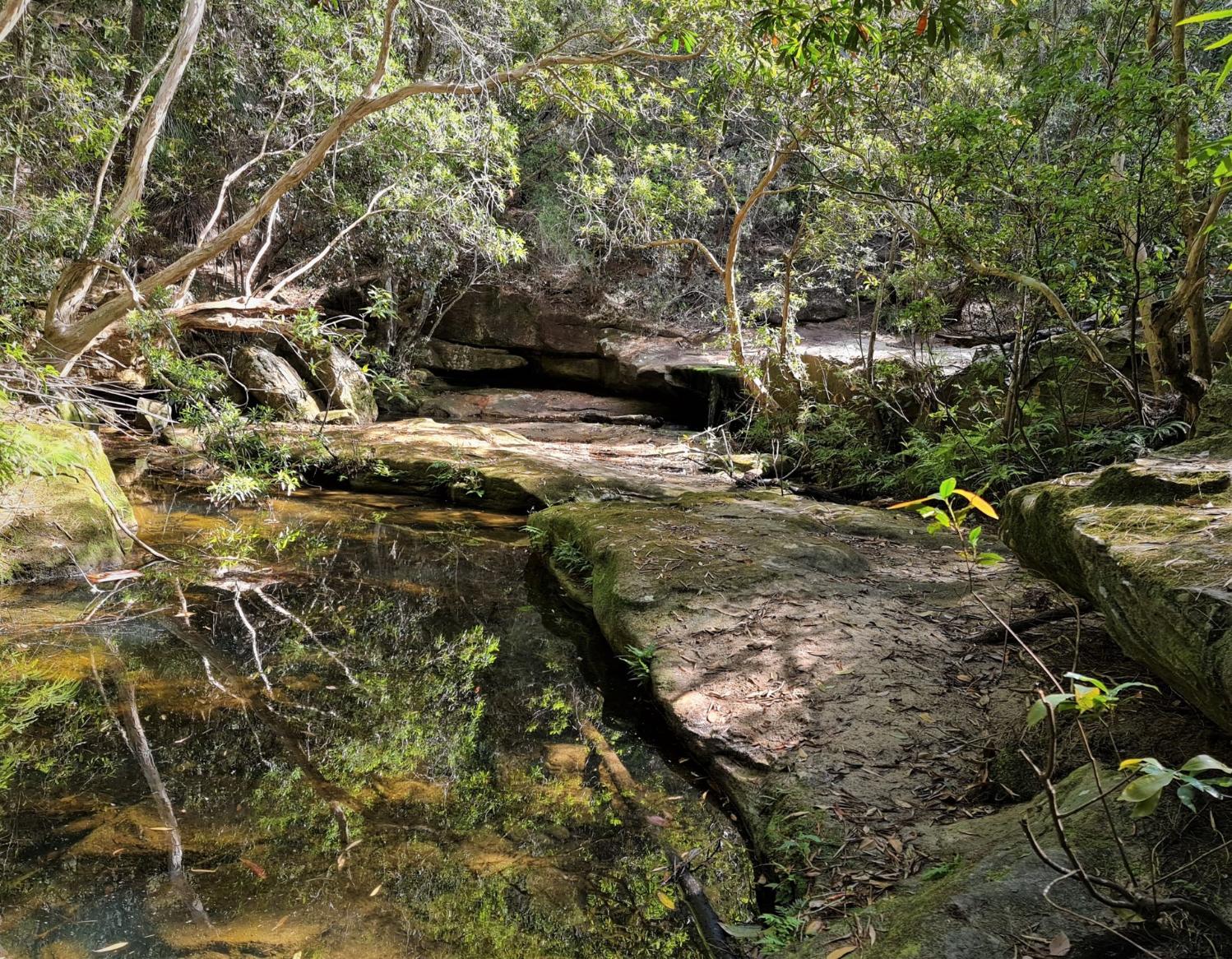
Past Features Archives (pre 2014)
Pittwater Online News was selected for preservation by the State Library of New South Wales and National Library of Australia. This title is scheduled to be re-archived regularly.
Archived Issues (2014 on) may be accessed here: pandora.nla.gov.au/tep/143700
